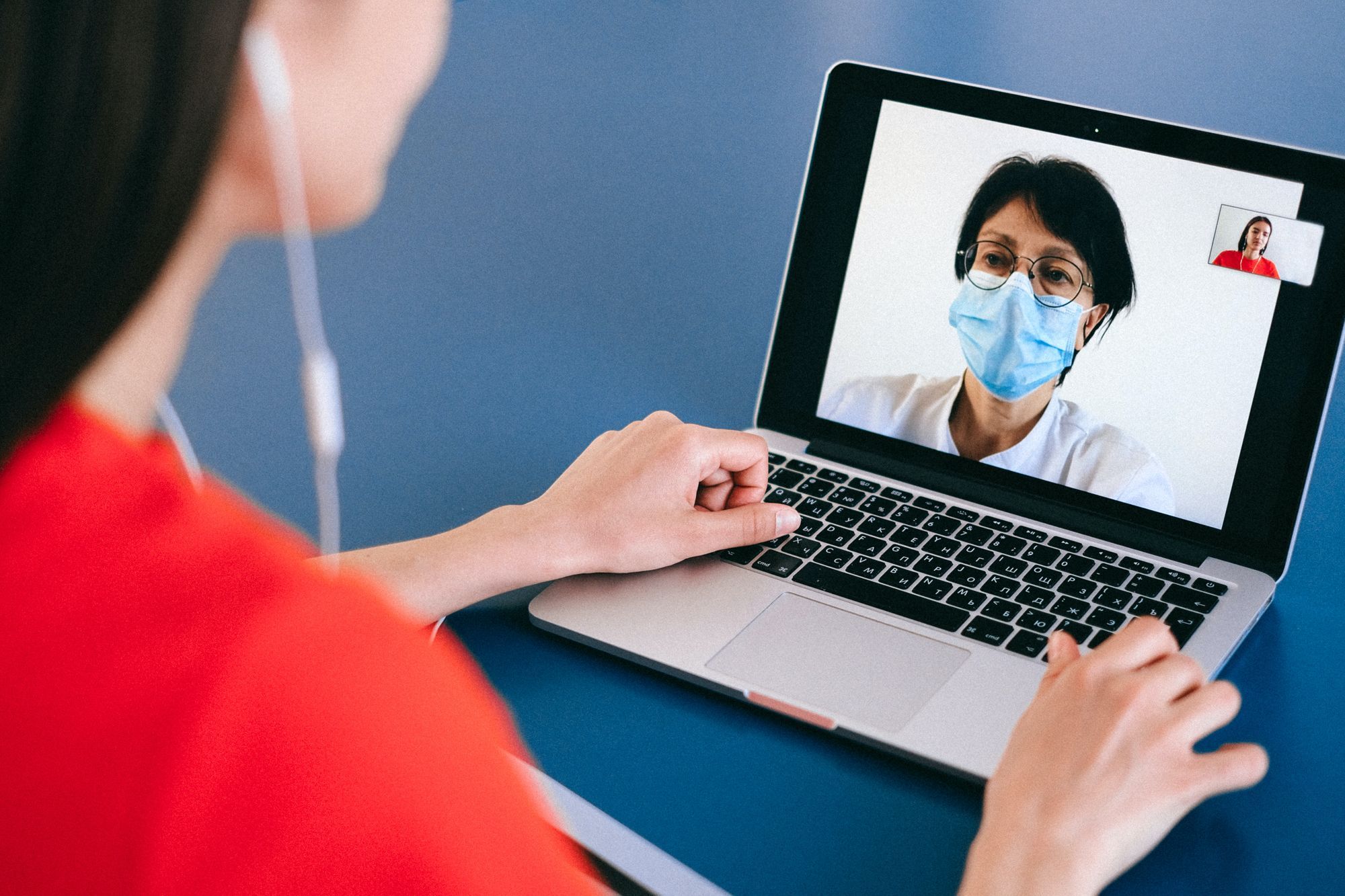Telemedicine as a Response to COVID-19: A Guide for Physicians

The COVID-19 situation in the Philippines has alarmingly strained the capacity of our health care facilities to deliver quality and timely medical services. To unburden local health care systems, the Department of Health (DOH) and the National Privacy Commission (NPC) issued Joint Memorandum Circular No. 2020-0001, dated March 28, 2020, to provide guidelines for, and endorse telemedicine as a way for health care providers to deliver medical services to patients in the comfort of their homes.
The Joint Memorandum Circular specified the following objectives:
a. Alleviate surge and minimize risks posed by unnecessary patient traffic in health facilities.
b. Support implementation of community quarantine by providing access to primary care providers using telemedicine, or medical consultation services being provided through online and/or mobile platforms.
c. Ensure efficient, safe and secure use of telemedicine by healthcare providers.
1. What is Telemedicine?
The DOH refers to telemedicine as the “practice of medicine by means of electronic and telecommunications technologies such as phone call, chat or short messaging service (SMS), audio- and video-conferencing to deliver healthcare at a distance between a patient at an originating site, and a physician at a distant site.”
Medical services like consultation, and the issuance of electronic medical documents such as clinical abstract, consultation summary, prescriptions, and referral forms (if applicable) to the patients are authorized through the use of a telemedicine platform.
2. Who can practice Telemedicine?
Physicians with a valid license from the Philippine Professional Regulation Commission (PRC) can engage in telemedicine with patients physically residing in the Philippines.
The DOH encourages healthcare providers to subscribe to a partner telemedicine platform to augment their medical services, triaging for both COVID-19 and non-COVID-19 health-related consultations, medical advice, referral to a doctor for home visit as necessary, and others. Medical consultations that require physical contact can be handled by the local health office upon referral from a telemedicine consultation.

3. What are the minimum competencies to practice telemedicine?
The Medical Informatics Unit of the UP College of Medicine identifies the following required competencies for physicians engaging in telemedicine: digital communication skills, clinical acumen, and knowledge of technology and equipment to be used, while adhering to ethical practice.
Telemedicine practitioners follow the medical standards and applicable guidelines no differently from a face-to-face setting, while also ensuring that additional concerns, like privacy, security, and perhaps most importantly, the efficacy of physician - patient communications, are addressed.
For example, a video consultation casts heightened importance on a physician’s gestures and non-verbal cues. Instances when the physician goes off-screen, or their choice of attire, might contribute to how well the telemedicine session is perceived by the patient.
4. What are the minimum requirements to set up for telemedicine?
To facilitate a telemedicine session, a communication device such as a landline, mobile phone, or computer with internet connection is needed. Video consultations will additionally require applicable software and a private, well-lit space.
With a 65.4% mobile phone internet user penetration in the Philippines as of 2019, and a forecast of 76.6% by 2025, the minimum requirements for telemedicine are widely accessible.
Likewise, free video communication software is predominantly available as a native capability of any modern mobile phone. In addition, telemedicine platforms, which make it even easier to schedule and conduct telemedicine sessions, can be downloaded at no cost.
As the country continues the fight against COVID-19, physicians and other health care practitioners are the most at risk. It is in everyone’s interest to create a safer, more conducive environment for them, so they can do more with less.
The pandemic will eventually end, but the changes in the health care sector it has catalyzed will likely be permanent.
